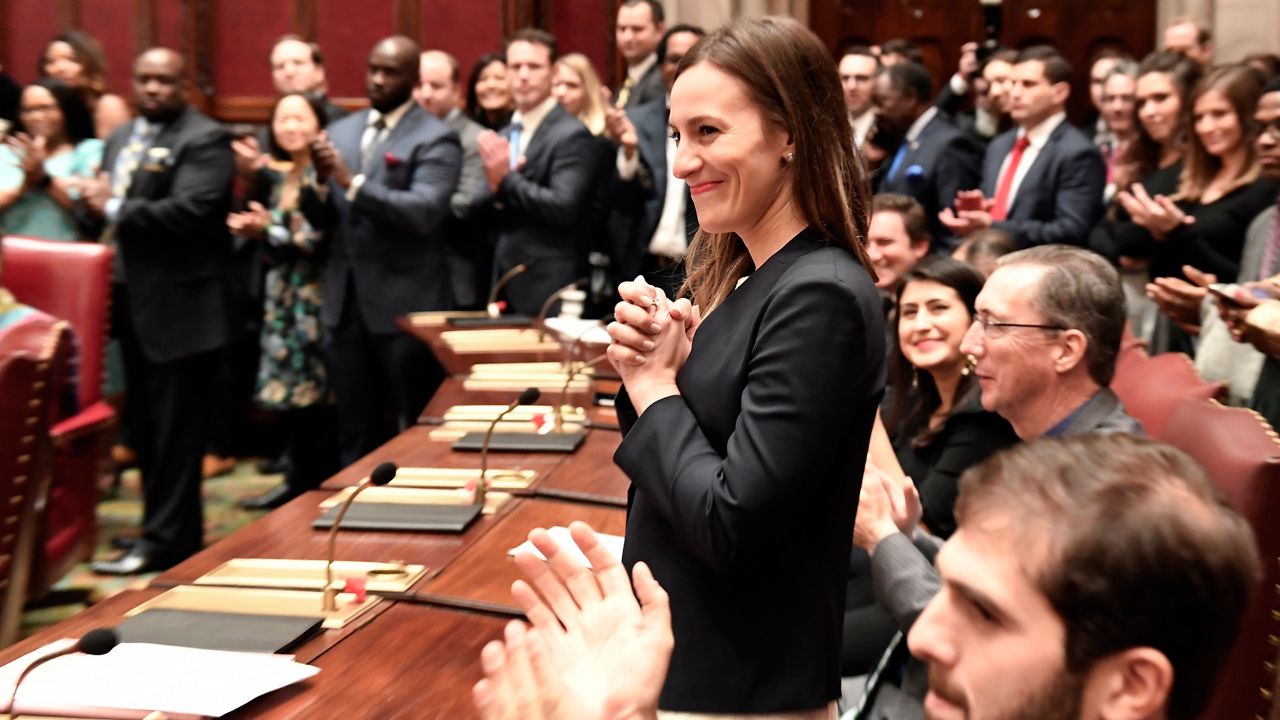It was a year ago on Friday voters returned a verdict in the September 2018 primaries: The former Independent Democratic Conference was officially dead and Gov. Andrew Cuomo’s re-election to a third term was virtually assured with the vanquishing of a progressive-advocacy uprising.
The September primaries a year ago proved to be something of watershed moment for politics in New York and the last year.
For the state Senate, the primaries ushered in a new class of progressive freshman who defeated lawmakers who had been in the IDC, a bloc of Democrats previously aligned with Republicans. The victories were the prologue to a Democratic landslide two months later, with the party capturing full control of the state Senate, leading to a gusher of long-sought progressive legislation for gun control, abortion rights and making it easier to vote.
Issues that gained little oxygen, like combatting sexual harassment, come to the forefront in Albany, with public hearings and new legislation signed into law.
The capstone to it all was a major rent control measure turning back a generation of regulations seen as favorable to landlords and a sweeping climate change measure.
For Cuomo, his victory over Cynthia Nixon was a re-enforcement: The formula of the last two terms continues to work. Cuomo is now the nation’s longest-serving in an era defined by constant political shifts. The Democratic Party of 2010, when the governor was first elected, is not the party of 2019.
Cuomo’s progressive critics contend he’s too moderate, adopting and co-opting their policies only when they suit him. But in this age, a static politician carries little shelf life. Cuomo has proven adept at emphasizing new issues the base of the party cares about, be it taking an aggressive posture on the Trump administration, to health care and, of course, gun control.
For Team Cuomo, the primary over Nixon, an actress and public education advocate with no elected experience, the experience of the 2018 primary was the coalition of black and Hispanic voters, suburbanites and labor union households was holding together.
The election was the enforcement of what has become a credo for the governor’s team: Twitter is not real life. Or, at least, not a reflection of the popular political reality at the moment. The social media site may exhibit a hive mind in criticizing the governor for a variety of infractions, but is not a mirror of the broader electorate. After all, most people aren’t on Twitter, following micro developments as they hatch.
Team Cuomo, broadly speaking, thinks Twitter led the press astray during the campaign, thinking Nixon’s depth of support was far greater than the 34 percent she ultimately generated. Turnout was high in the race, and Cuomo spent heavily in his victory compared to Nixon’s campaign.
The defeat of Joe Crowley to Rep. Alexandria Ocasio-Cortez threw the New York political world for a loop in June. It was a House district-level result that wasn’t replicated in September, nor was it replicated statewide. Cuomo won the district three months later.
The 2018 result was virtually the same as when he faced the little-known Zephyr Teachout in 2014: Just over a third of the Democratic primary electorate does not like him, but that’s about it.
What does not reflect is scale, an increasingly difficult commodity to come by in a fractured world where smaller and smaller segments of the electorate at carved up and catered to.
It’s easy for a reporter to lose a sense of scale, what matters, with Twitter as the constant second screen all day with its parade of daily outrages, gaffes and constant breaking news.
Is that dynamic playing out again with the governor’s clear preference in the 2020 race, former Vice President Joe Biden? The Biden camp after all has adopted the Twitter isn’t real motto from the Cuomo campaign. It may be too soon to determine.
Twitter or not, campaigns can force us all to lose perspective: What matters, what doesn’t.
Reporters, candidates and staff can all fight the last war and not see each campaign for what it is: Experiments in human behavior and motivation. What gets someone to polling place every Election Day?



